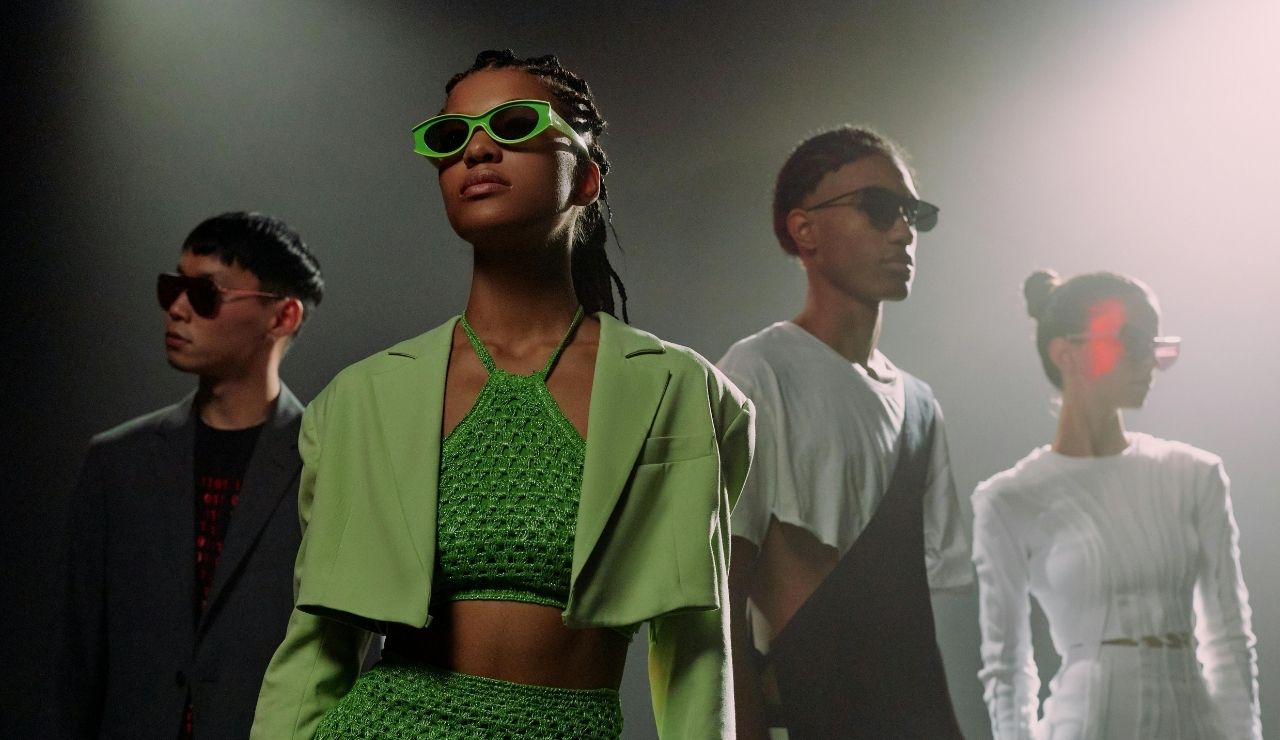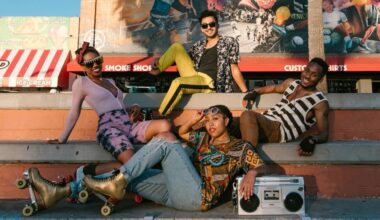Pop culture does not wait for permission. It slips into bedrooms through radios, screens, and group chats, then rewires what teens wear, say, and chase. This list tracks turning points when songs, shows, and scenes reset daily habits without a rule book. From sock hops to streaming, trends moved faster than parents or schools. Those ripples shaped slang, friend groups, weekend plans, and how teens picture the future in class, at work, and in their own circles. Each example shows behavior shifting before adults noticed.
1. Elvis Ignites Teen Autonomy, 1956

Elvis did more than top charts. He turned after school time into dance time, packed gyms with jukebox rock, and gave teens a soundtrack that did not belong to adults. Record stores became hangouts, hair and clothes relaxed, and pocket money flowed toward singles and tickets. Local scenes formed around DJs, diners, and drive ins. The shift helped teens claim a separate identity guided by peers, not parents, and it made Friday nights feel self directed. Youth culture started making the schedule, not the house rules.
2. Beatles Hair And Hysteria, 1964
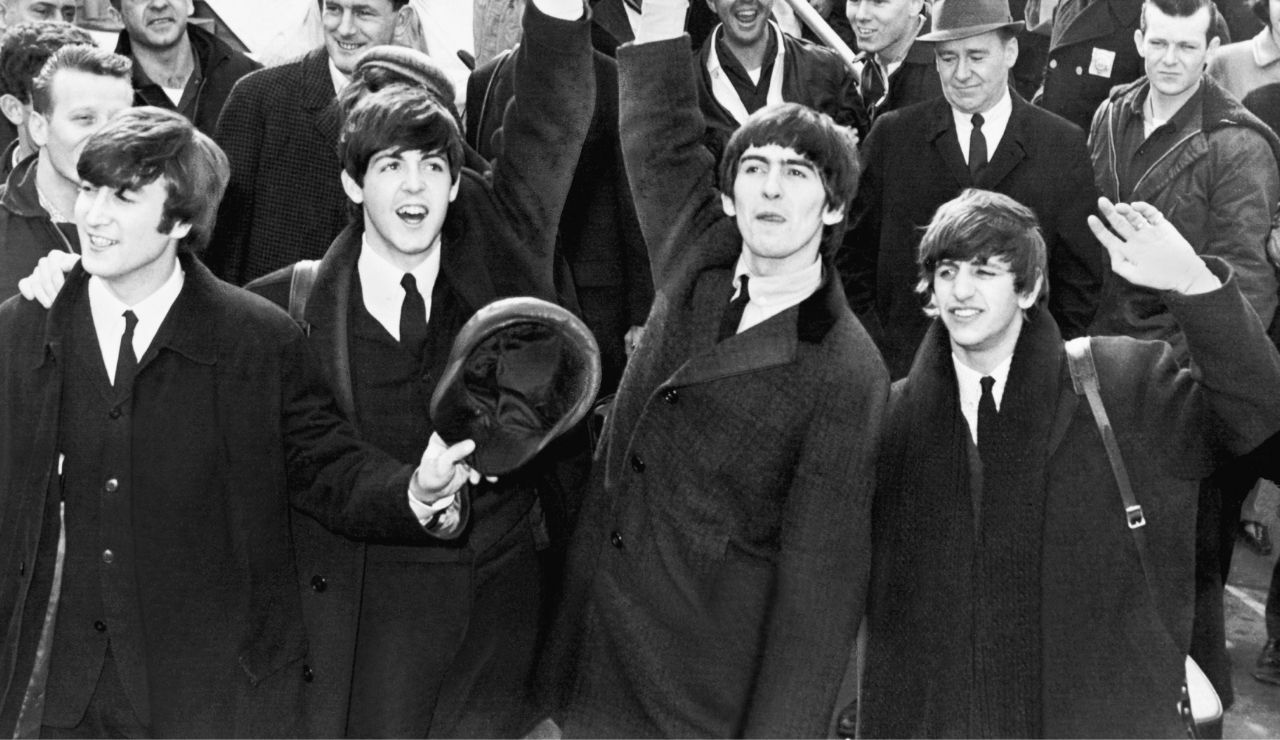
The Beatles normalized teen fandom as a full time social life. Hairstyles, accents, and band badges traveled through homerooms and yearbooks. Friends formed around favorite members, and school nights gained a ritual of TV moments and lyric swapping. The invasion taught brands to court teen taste directly. It also showed teens that their noise, style, and spending could bend culture on command across malls, buses, bleachers, and lunch tables. Fan clubs doubled as planning hubs for dress codes, parties, and road trips to shows.
3. MTV Turns Music Into Homework, 1981
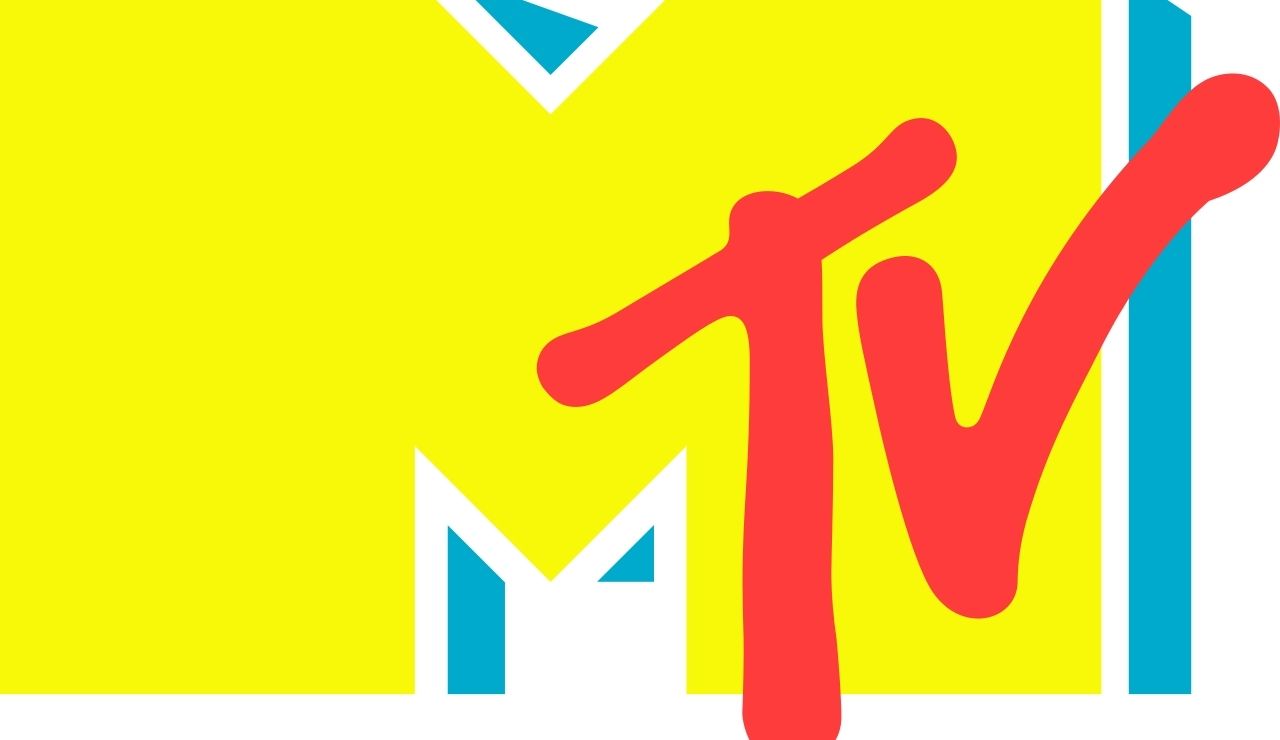
MTV made watching music a daily practice. Teens studied videos for moves, outfits, and in jokes, then compared notes at lunch like a shared class. Bedroom posters synced with on air rotations, and VJs felt like tutors. Fashion cycles sped up because looks carried hooks that stuck. Weekend plans now included taping premieres, trading VHS mixes, and hosting video marathons that welded taste to friend identity across schools and towns. Status often rose with a sharp playlist and perfect timing on premiere nights.
4. John Hughes Redraws High School Maps, 1984-1986
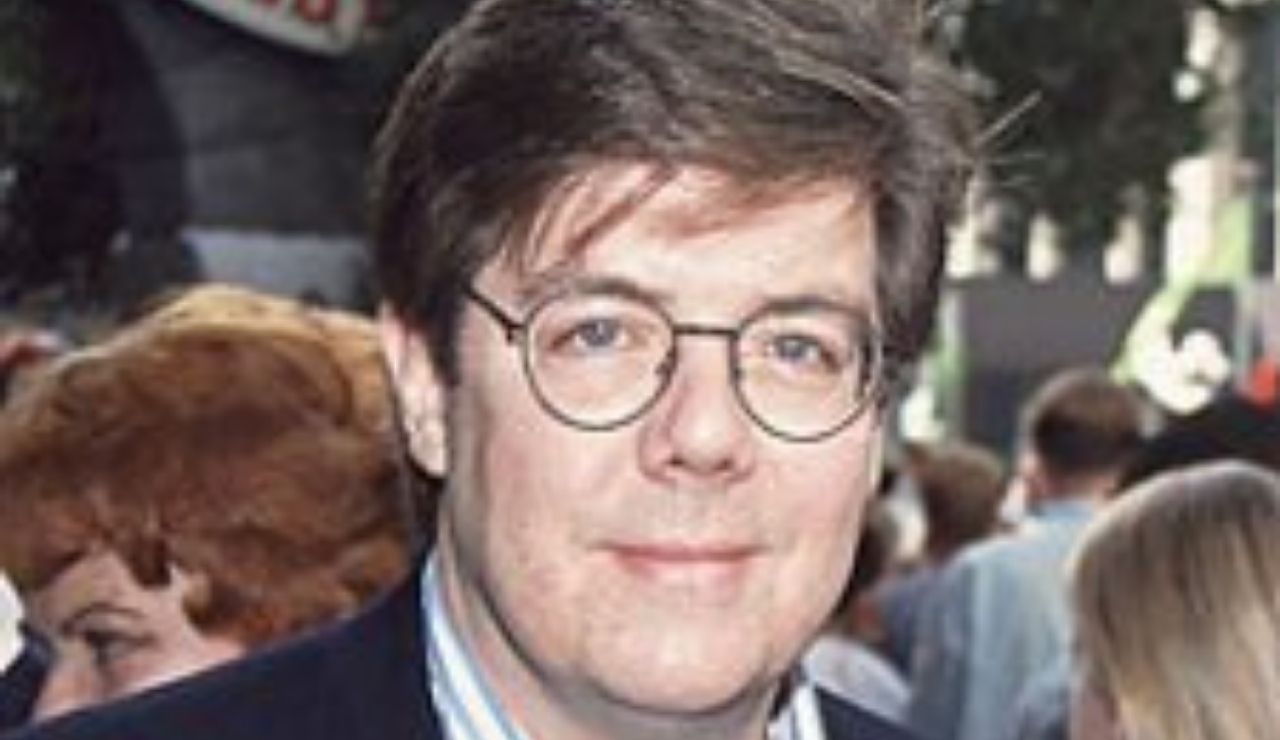
John Hughes films gave teens a mirror that felt local. The Breakfast Club, Sixteen Candles, and Ferris Bueller turned cliques into a shared language and made vulnerability a mark of cool. Students borrowed quips, planned skip days with flair, and treated lockers like story props. The movies trained teens to read cafeteria politics, then rewrite them with humor, shared risk, and alliances that crossed labels and grade levels. By Monday, a bold joke or kind gesture could flip a reputation and reshape group lines.
5. Reality TV Turns Life Into a Stage, 2000
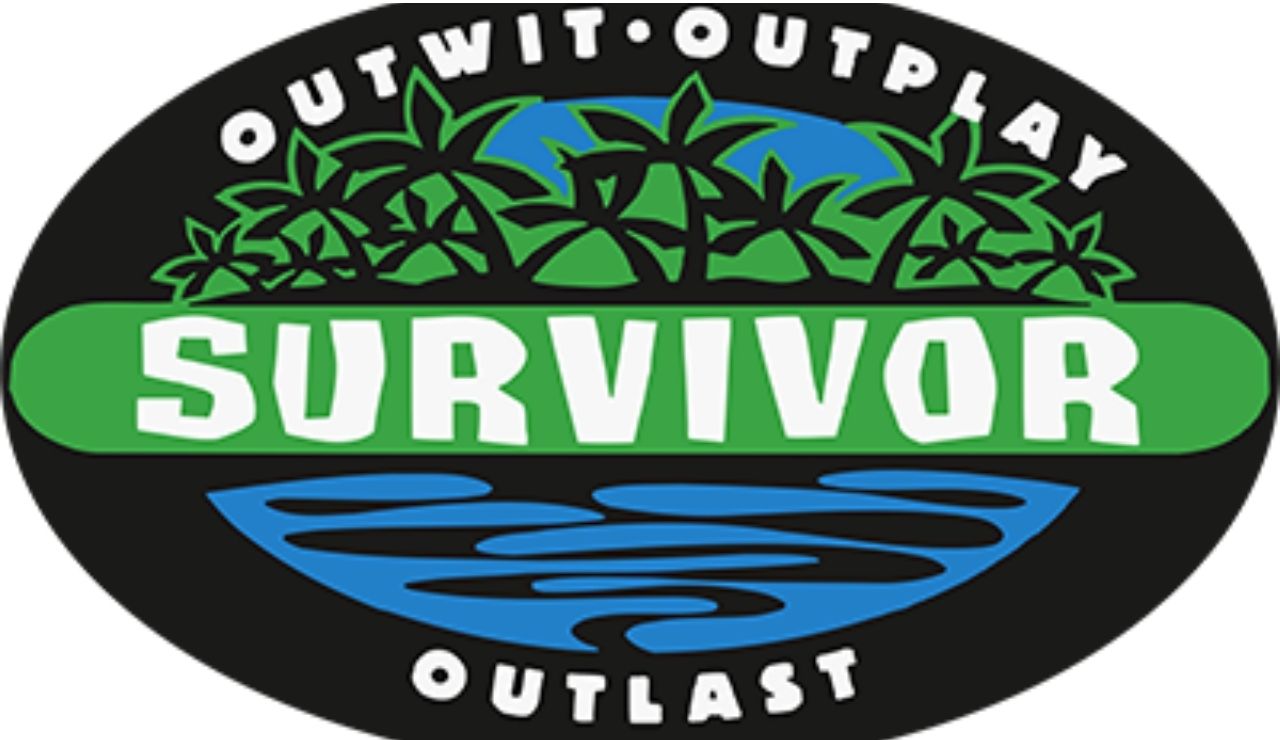
Reality shows like Survivor and The Real World trained teens to treat everyday moments as performances. Suddenly, cafeteria drama looked like an episode waiting to happen. Students curated how they dressed, talked, and even fought, knowing peer perception worked like an audience. Confession-style conversations became normal, and cliques acted like mini casts. Social events were planned with photo ops in mind, fueling a culture where personal branding started years before social media made it a formal skill.
6. Harry Potter Sparks Book Fandom Renaissance, 2001
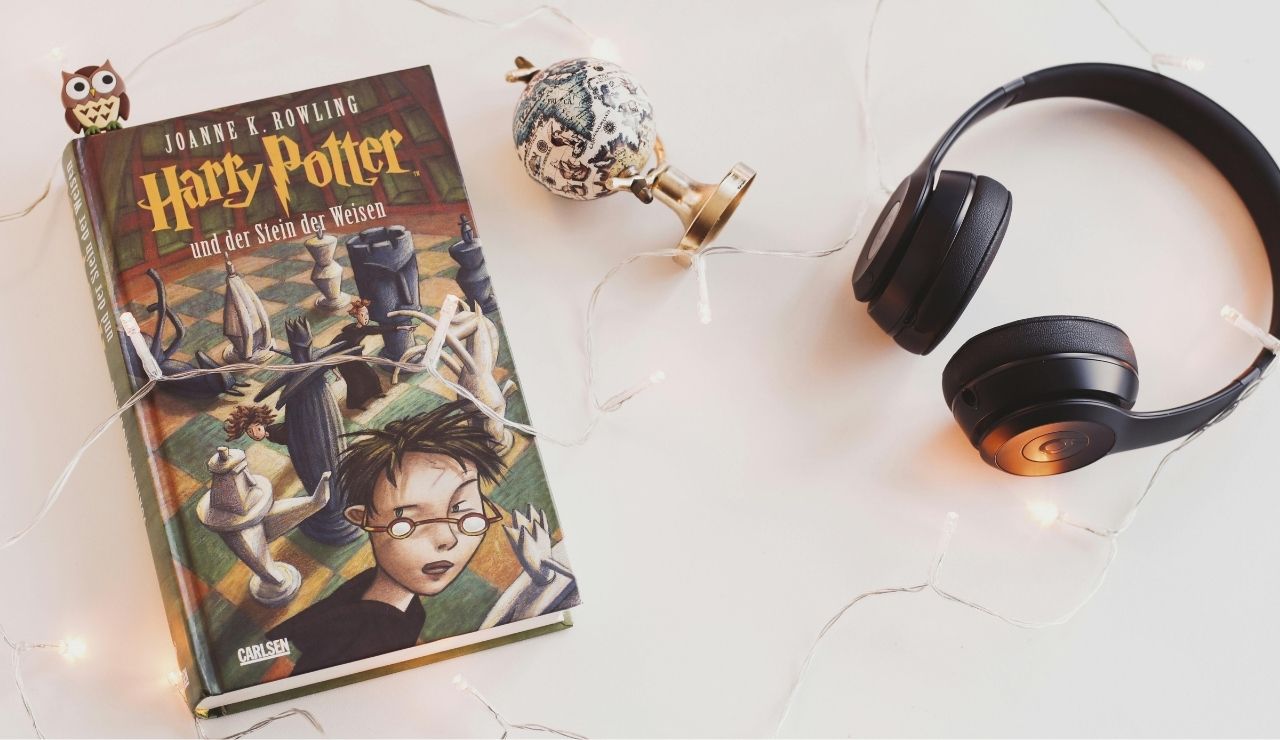
Harry Potter made reading a badge of identity. Teens joined midnight release lines, wore house colors, and discussed plot twists with strangers. Libraries and bookstores turned into social spaces, and fan fiction sites thrived. The series blurred the line between school reading and personal escape, making it normal to treat books like sports teams or bands. Entire friendships formed around shared theories, and literary fandom became a blueprint for how future franchises would rally young audiences both online and offline.
7. MySpace Codifies the Online Persona, 2003
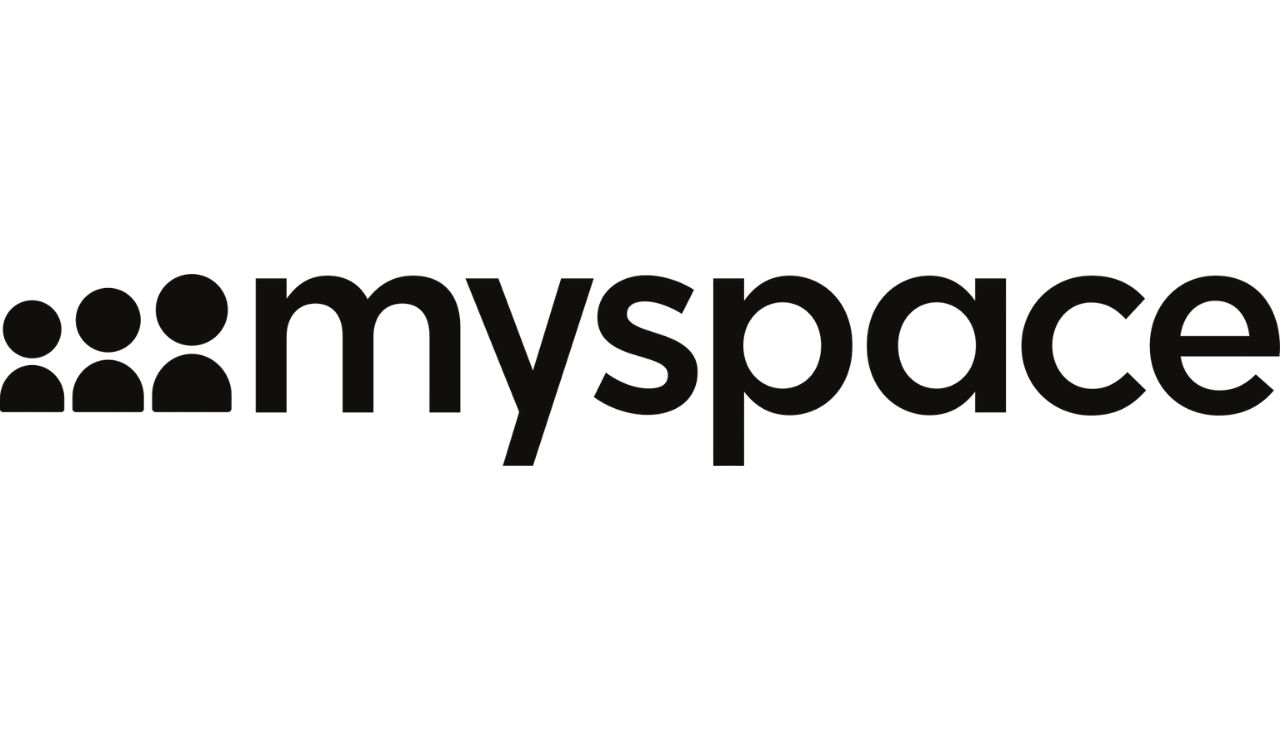
MySpace gave teens their first real shot at building a public identity from scratch. Profile songs, photo angles, and friend rankings became cultural currency. Personal style and music taste were displayed for constant review, shaping offline choices too. High school reputations could rise or sink based on a single post. Teens learned to edit, curate, and project themselves, a skill that still drives influencer culture today. It turned image control into a daily habit and gave friendships a digital layer.
8. Twilight Resets Teen Romance Standards, 2008

The Twilight saga brought a wave of moody, brooding romance that reshaped dating expectations. Teens adopted phrases, playlists, and even color palettes from the films. Lunchtime debates about characters blurred with real-life relationship ideals. Sleepovers included marathon viewings, and book clubs doubled as friend hangouts. The saga pushed the idea that love could be all-consuming and shaped how teens spoke about loyalty, attraction, and conflict. It proved that pop culture could redefine relationship norms in a single franchise cycle.
9. TikTok Compresses Trends Into Days, 2019
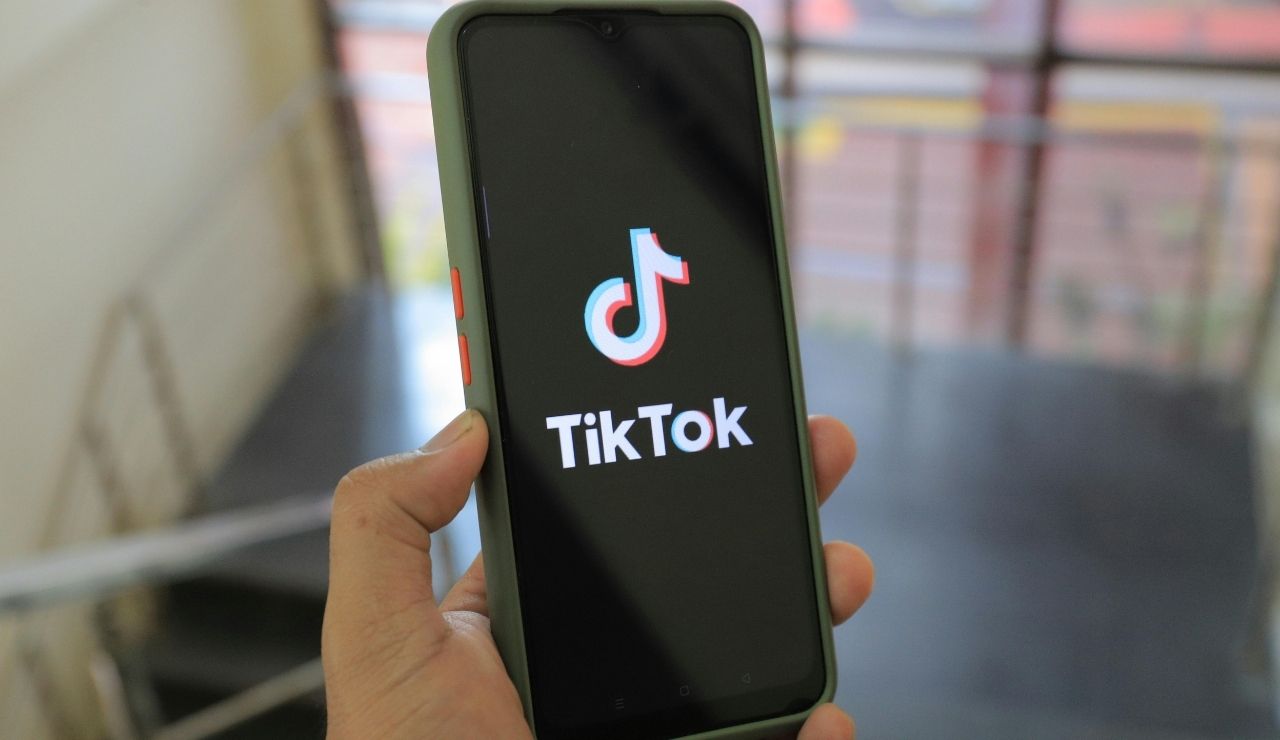
TikTok turned trend cycles into lightning-fast events. A song, dance, or joke could dominate hallways by Monday and vanish by Friday. Teens adapted by staying plugged in, learning choreography overnight, and crafting short bursts of content for maximum shareability. School talent shows, group chats, and even homework breaks became filming sessions. The platform rewarded creativity and quick reactions, making cultural participation a daily commitment instead of a seasonal shift, and turning fleeting moments into shared teenage landmarks.
10. Streaming Binge Culture Rewrites Free Time, 2020
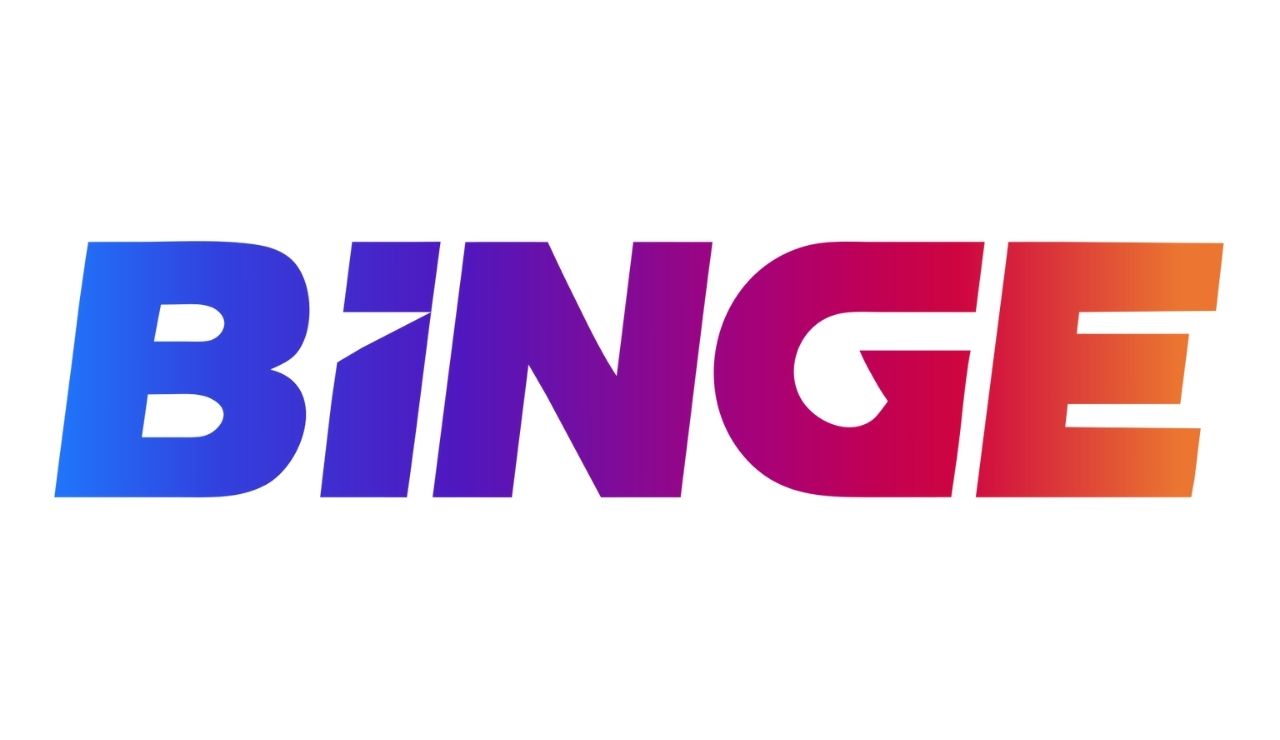
Streaming platforms made watching a full season in one sitting feel normal. Teens rearranged weekends to binge new releases before spoilers hit, turning living rooms and bedrooms into social hubs. Group texts exploded with theories, memes, and inside jokes tied to the latest drops. Friendships often hinged on watching the same shows at the same pace. This habit shifted attention spans and redefined downtime, replacing traditional TV schedules with intense, self-directed media marathons that shaped conversations and daily routines.
11. Snapchat Makes Ephemeral Sharing Normal, 2013
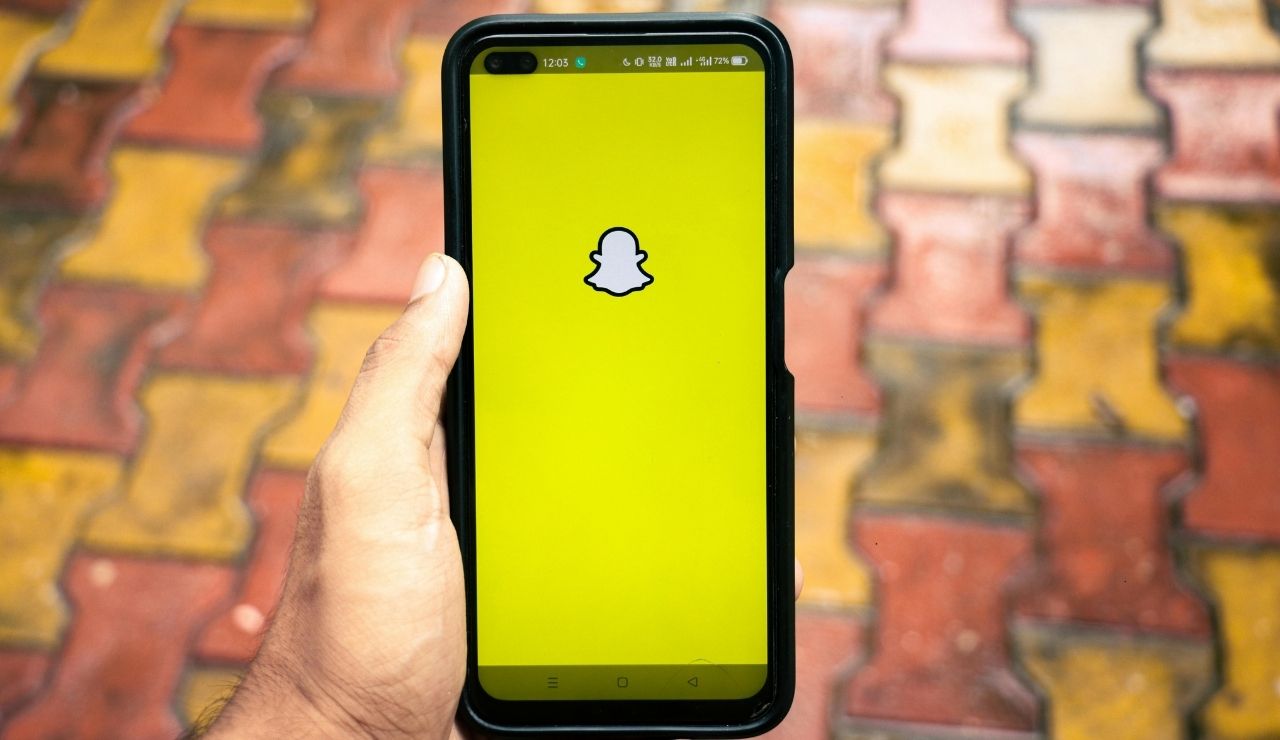
Snapchat changed how teens communicated by making messages disappear after viewing. This encouraged quick, casual updates instead of long conversations. Friends sent short clips, reaction faces, and filters that shaped inside jokes. The streak feature turned daily contact into a game, reinforcing constant connection. It shifted focus from polished posts to spontaneous glimpses, teaching teens that not all moments needed to be permanent for them to have meaning in their social lives.
12. YouTube Turns Hobbies Into Careers, 2014
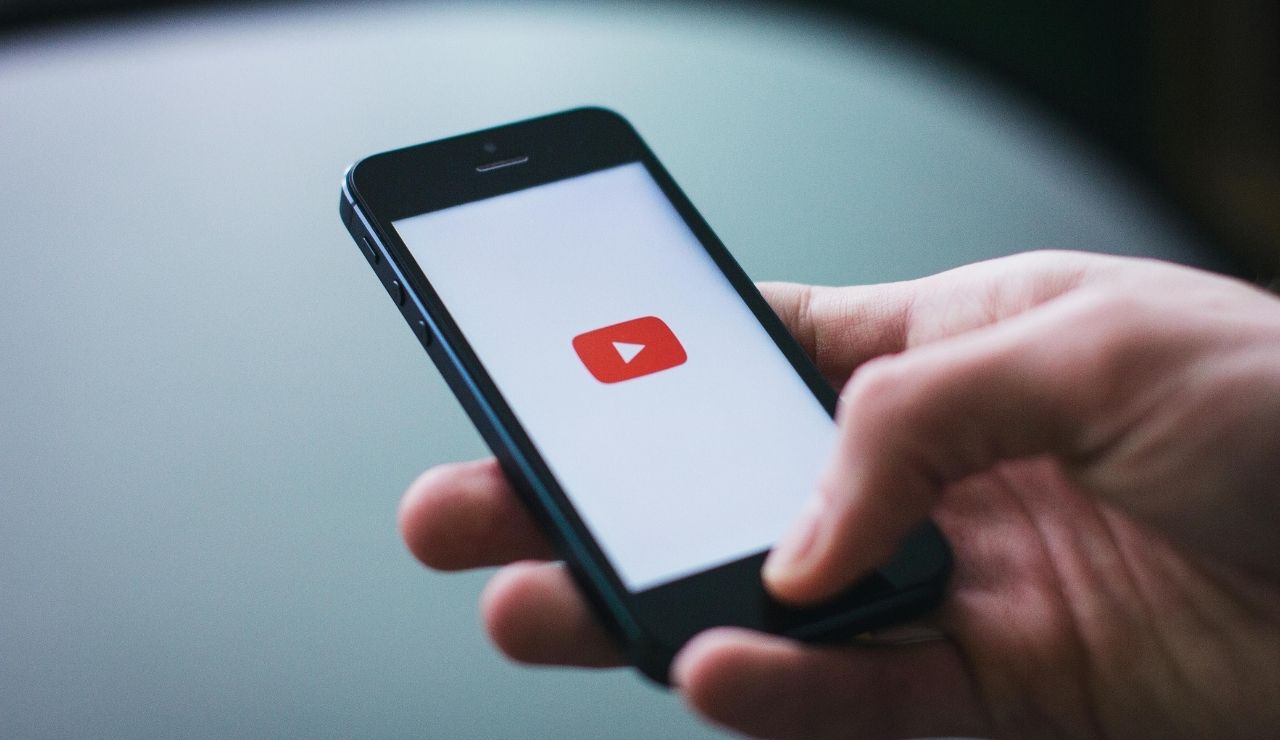
YouTube made it possible for teens to broadcast talents, reviews, or daily routines to a global audience. Bedrooms became mini studios, and editing skills became as common as homework assignments. Watching peers succeed online encouraged others to create their own channels, sparking new micro-communities. It also redefined success, proving that traditional routes weren’t the only options. Many teens started seeing hobbies as potential careers, blending entertainment, education, and entrepreneurship into everyday life.
